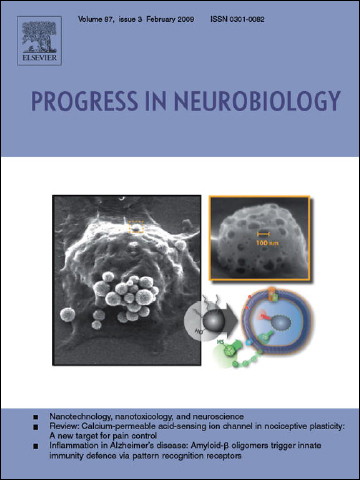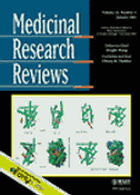
“Treatment-resistant epilepsy (TRE) affects 30% of epilepsy patients and is associated with severe morbidity and increased mortality.
Cannabis-based therapies have been used to treat epilepsy for millennia, but only in the last few years have we begun to collect data from adequately powered placebo-controlled, randomized trials (RCTs) with cannabidiol (CBD), a cannabis derivative.
Previously, information was limited to case reports, small series, and surveys reporting on the use of CBD and diverse medical marijuana (MMJ) preparations containing: tetrahydrocannabinol (THC), CBD, and many other cannabinoids in differing combinations.
These RCTs have studied the safety and explored the potential efficacy of CBD use in children with Dravet Syndrome (DS) and Lennox-Gastaut Syndrome (LGS).
The role of the placebo response is of paramount importance in studying medical cannabis products given the intense social and traditional media attention, as well as the strong beliefs held by many parents and patients that a natural product is safer and more effective than FDA-approved pharmaceutical agents.
We lack valid data on the safety, efficacy, and dosing of artisanal preparations available from dispensaries in the 25 states and District of Columbia with MMJ programs and online sources of CBD and other cannabinoids. On the other hand, open-label studies with 100mg/ml CBD (Epidiolex®, GW Pharmaceuticals) have provided additional evidence of its efficacy along with an adequate safety profile (including certain drug interactions) in children and young adults with a spectrum of TREs.
Further, Phase 3 RCTs with Epidiolex support efficacy and adequate safety profiles for children with DS and LGS at doses of 10- and 20-mg/kg/day. This article is part of a Special Issue titled “Cannabinoids and Epilepsy”.”
https://www.ncbi.nlm.nih.gov/pubmed/28188044










